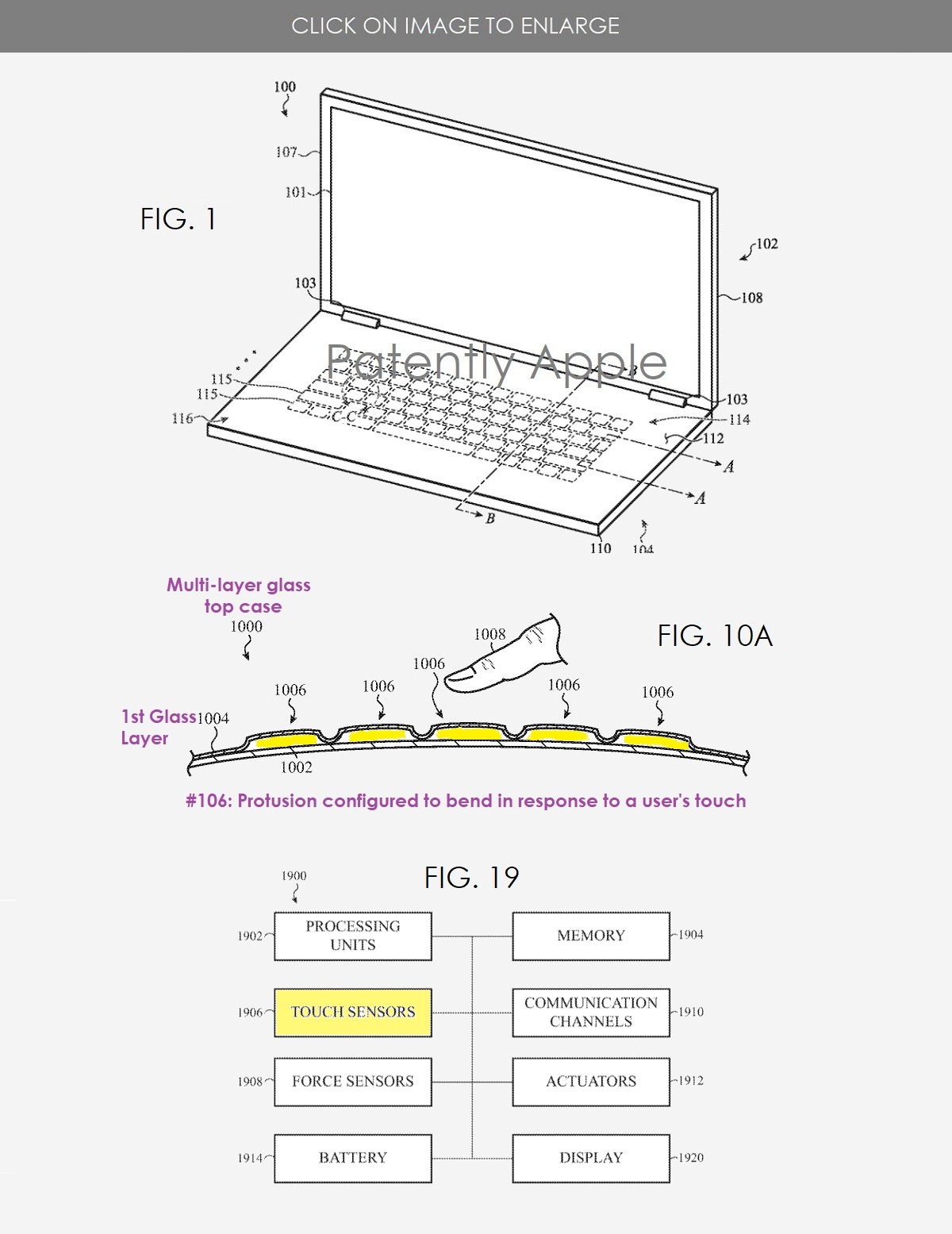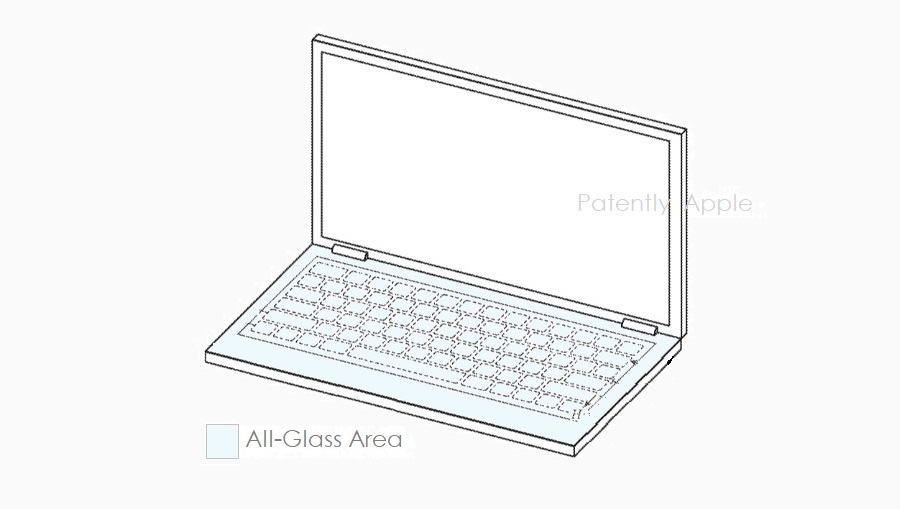The next MacBook could have a GLASS keyboard — Apple just got the patent for it
The BIGGEST MacBook upgrade in years

Today, we got a glimpse of the MacBook’s future in an approved patent — Apple is looking to sunset the aluminum unibody and replace it with an all-glass keyboard area!
With all the rumors and leaks around the upcoming 15-inch MacBook Air, it turns out Apple has even bigger plans.
If this approved patent (shared by Patently Apple) is anything to go by, you can look forward to a completely transformed MacBook lineup with a glass construction that for sure creates some excitement, but raises a lot of questions too.
We’re through the typing glass
Apple has been busy filing patents related to glass MacBooks and iMacs since 2018. In fact, we recently wrote about a few that hinted towards a possible dual screen laptop coming out of Cupertino.
However, patent US 11619976 B2 talks about something a little more interesting — kind of the middle ground on the way to this double screen dream, which completely replaces the keyboard and trackpad deck with a sheet of glass.

To maintain the same ergonomic typing experience, Apple notes the glass will be softer and more bendable. At a thickness of “about 40 microns or less,” the sheet would have a flexibility to it that means it could bend under every finger press and give you a similar feel to the actuation of a chiclet key being pressed.
On top of that, the patent suggests that the glass cover may be thermoformed to create raised regions for each individual key on the keyboard — giving you as full of a traditional keyboard experience as you can without there being any slightly exposed mechanical parts like the switch hinge.
Stay in the know with Laptop Mag
Get our in-depth reviews, helpful tips, great deals, and the biggest news stories delivered to your inbox.
More benefits than you think
So sure, this patent talks about the typing experience, but let’s combine this with other applications by Apple and see just what else the company could introduce.
These include adding wireless charging for your iPhone or AirPods into the deck, Touch ID placed directly under the glass (rather than needing a dedicated key), and adding the likes of biometrics and even a blood oxygen sensor.

Beyond that, much like the reasons behind removing the mechanical nature of switches on the iPhone 15 Pro and updating it with a capacitive action button, reducing the number of parts and sealing the MacBook up a little further like this could provide a chance for Apple to increase the water and dust resistance.
Outlook
But none of this answers the key questions we’d have here. Will the typing experience be just as good as the traditional chiclet keyboard you find on the likes of the M2 Pro MacBook Pro? And what will replacing the entire deck with glass do for its durability?
Whatever the answers are to these questions, this is a mightily fascinating way to expand the potential uses of a keyboard deck. You can do a lot more with components placed under glass than you could ever do with an aluminum unibody, so color me intrigued about what this fundamental design change could bring.

Jason brought a decade of tech and gaming journalism experience to his role as a writer at Laptop Mag, and he is now the Managing Editor of Computing at Tom's Guide. He takes a particular interest in writing articles and creating videos about laptops, headphones and games. He has previously written for Kotaku, Stuff and BBC Science Focus. In his spare time, you'll find Jason looking for good dogs to pet or thinking about eating pizza if he isn't already.
